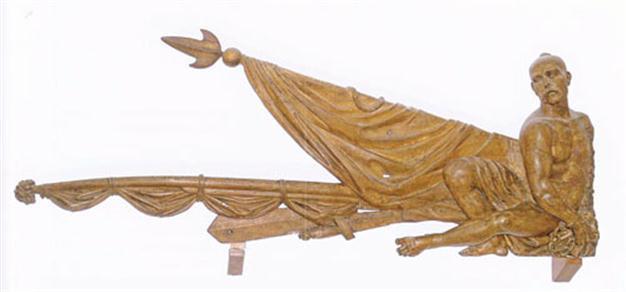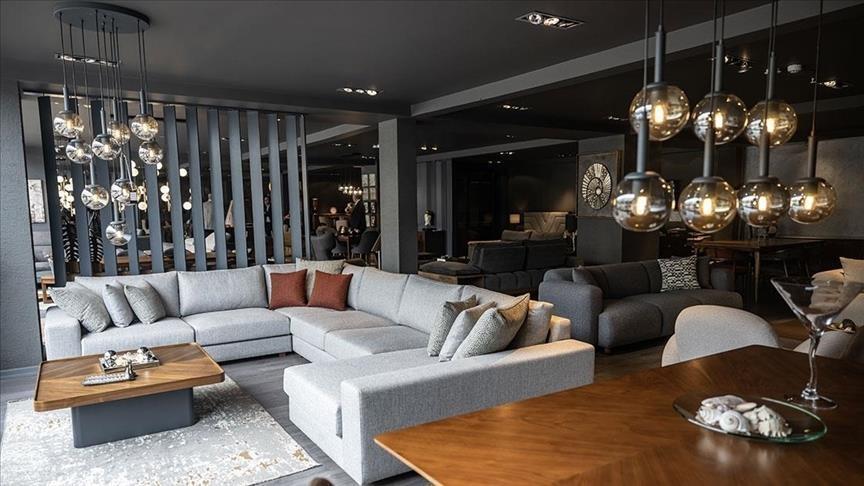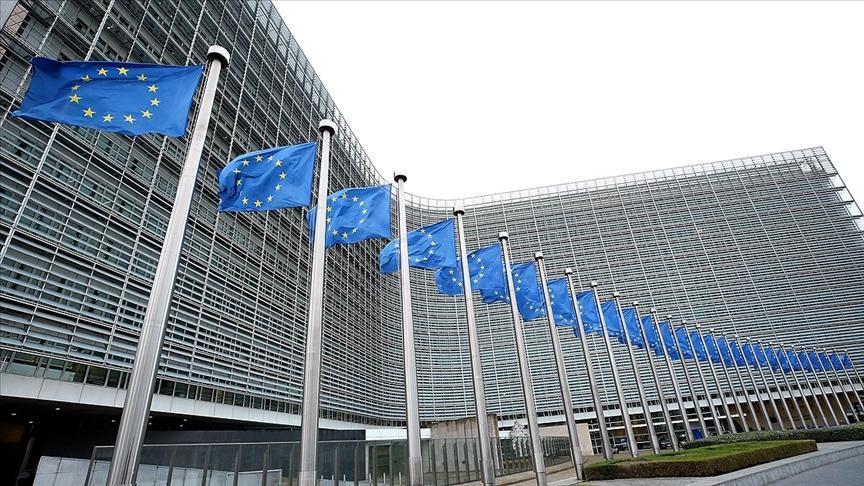Ottoman vis- à-vis the Venetians: Friends and foes
Niki Gamm Hürriyet Daily News
 The shared, centuries-long commercial relationship between Venice and Istanbul is now the topic of a special exhibition at Istanbul’s Topkapı Palace.
The shared, centuries-long commercial relationship between Venice and Istanbul is now the topic of a special exhibition at Istanbul’s Topkapı Palace.The Venetian section of “Venice and Istanbul: A Glorious Woven Relationship. Eight Hundred Years of Interplay in Textiles” draws on fabrics from the archives of the Bevilacqua company which has been a leading Italian textile manufacturer since the 1800s. The materials include brocades, silks and velvets.
In the Ottoman section, visitors will find Ottoman clothing made from Italian velvets even though there are examples manufactured from Ottoman textiles. The Ottoman preference for Italian fabrics is clear – for the color red, the use of gold, design and composition. The exhibition includes handwritten books which show the interest the Ottomans had in Italian silk. Ottoman record keeping also bears witness to this interest, even providing interesting little tidbits such as the fact that Italian velvet cost twice as much as Bursa velvet of the same quality.
The exhibition will run until Jan. 8, 2012.
The power of the Venetians
Today Venice brings to mind canals and a city sinking into the sea, so it is hard to imagine that it was once one of the dominant powers of the Mediterranean. Thanks to its powerful navy and extensive commercial connections, the tiny city-state could play with many of the greatest powers over the centuries. Venice, without a large amount of land, relied on trade and one legend even has it that it started life as a trading post in the fifth century A.D.
Venice’s Doge (Duke) Giovanni Soranzo in 1319-20 made two points very clear in the city’s dealings with the Byzantine emperor of the time: Venice could not live without maritime imports and the Venetians were merchants whose trade went better in conditions of peace than in time of war. This tended to guide Venetian policy for centuries although the city did its fair share of fighting over the years.
Venice first became aware of the Turks when the latter appeared under Osman, conquering the northwest corner of Anatolia as far as the Black Sea. In 1326 Osman’s son, Orhan, conquered Bursa and made it his capital. The city had been the center of the Byzantine silk trade and it continued this role under the Ottomans and even later after Edirne and then Istanbul became the Ottoman capitals.
Venice and Istanbul’s special relationship
Over the years there were commercial treaties, along with war and peace treaties, between the Ottomans and the Venetians but the latter dominated eastern Mediterranean trade from the 12th to the 16th century in spite of rivals like Genoa. Venice was the center through which profitable luxury goods passed from the Middle East to Europe.
“Abroad, Venetian diplomats and merchants traveled throughout the Islamic world, from the Nile Delta to Syria to Constantinople to Azerbaijan,” said art historian Walter Denny. He adds that the reports they gave “to the Venetian authorities still serve as important documentation of Islamic politics, history, economics and art.”
Trade went both ways as Venice imported silk, carpets, spices, ceramics, pearls and precious metals among other things. In return, Denny said, its heavily laden ships carried “salt, wood, linen, wool, velvet, Baltic amber, Italian coral, fine cloth and slaves went to Egypt, Anatolia, the Levant and Persia.”
Exports weren’t just material. The artist Gentile Bellini went to Istanbul to paint the portrait of Mehmed the Conqueror. He was the first of many European artists who found inspiration among the Ottomans. The first Quran ever printed using movable type was produced in Venice in 1537/1538. It is thought that it was intended for distribution in the Ottoman world.
Denny has also noted that the Venetians bought raw silk from the shores of the Caspian Sea in northern Persia, manufactured elegant velvet caftans with Ottoman-style floral designs and sold them in Constantinople and elsewhere in the Muslim world. To combat the Venetian monopoly on luxury textiles, the 16th-century Ottoman Grand Vizier Rüstem Paşa promoted new techniques to produce silk brocades and velvets.
















